April 16th, 2023
Wolfgang Binder & Anja Marinow from the Martin Luther University Halle-Wittenberg are developing self-healing battery materials using nanostructured polymer materials. These are composites that consist of repeating units (monomers) as solid electrolyte plastics. The aim of these special polymers is to slow down or even completely prevent the classic aging processes in both the electrolyte and the electrodes.
Electrochemical reactions normally occur in batteries, causing structural changes in materials. Some of these are intentional – this is the only way the battery can effectively serve as a power storage device. Others lead to a drastic reduction in battery performance as unwanted side effects in the long term. For example, so-called dendrites develop as a result of “lithium plating”, which, as metallic lithium needles, can trigger a short circuit within the cell. The SEI layer (“Solid-Electrolyte-Interphase”) can also get unsightly cracks, so that the battery loses more and more capacity and performance.
Within the EU project “BAT4EVER”, Wolfgang Binder and Anja Marinow are concentrating on the self-healing mechanisms of these micro-damages and material losses, which occur particularly during charging and discharging cycles. The two are dedicated to material characterization methods and modeling of material behavior.
According to Prof. Dr. Wolfgang Binder, well-known battery manufacturers such as StoreDot are also working in the field of battery power electronics to bring about a (usually unintentional and dangerous) deep discharge of cells and to regain capacity and performance through an ordered voltage and current pulse. However, these recovery mechanisms (like all self-healing battery concepts) are all still in the development phase.
Subscribe to the Geladen Podcast:
https://www.geladen-podcast.de/




